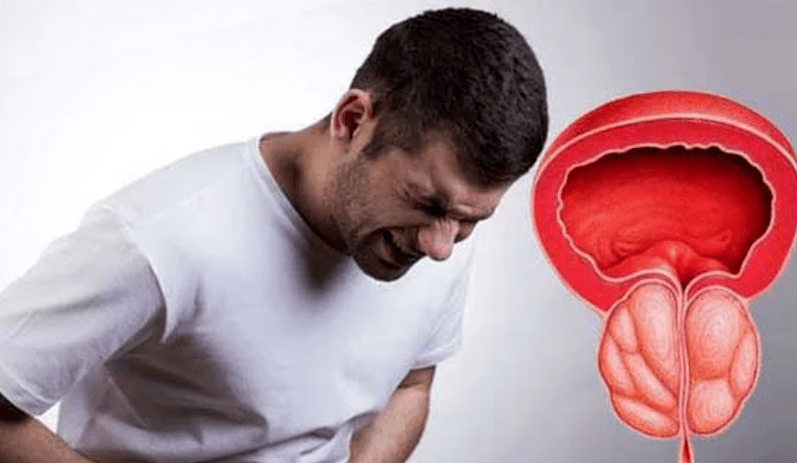Prostatitis is an inflammation of the prostate, which is a very common problem among men of all ages (the symptoms of prostatitis below). Bacteria from various parts of the body infect the prostate, which can lead to prostatitis. After infection, swelling of the prostate can limit flow and cause delayed urine.
There are three types of prostatitis: acute infectious prostatitis, chronic infectious prostatitis, and non-infectious prostatitis.
Symptoms of prostatitis:
- Urinate frequently;
- After ejaculation or discomfort or pain;
- Reduced sexual desire (reduced interest in gender);
- Discomfort and pain in the penis (usually on the tip), pain and sensitivity in the testicles, severe pain in the pubic bone;
- Perineal pain (between the scrotum and anus);
- Pain in the coccyx area;
- Lower back pain (on one side or both);
- Urination disorders (pain or burning during urination);
- I often go to the toilet at night to "small";
- Reduce urine flow, before urination or diapers;
- Pain after sexual intercourse;
- Discomfort or relief after defecation; x
- Rectal discomfort.
In most men with prostatitis, there are at least 3 symptoms.

So read How to Treat Prostatitis.
Here are some folk methods for treating prostatitis:
- Drink a glass of cranberry juice every day. Treat with bacterial prostatitis and kill all bacteria.
- Eat foods cooked with olive oil. This method to prevent prostatitis.
- A very effective treatment for prostatitis is ground pumpkin seeds, which must be taken 1 tablespoon three times a day.
- Salad every day from tomatoes. Tomatoes cleanse the prostate from infectious bacteria.
- Eat juniper berries and parsley every day. This reduces inflammation in the prostate. Daily use of parsley and juniper berries can relieve symptoms and relieve inflammation in the prostate.
- Bathing every 10 minutes is colder than bathing and can relieve pain.
- Drink a mixture of 300 grams of carrot juice and 200 grams of spinach every day.
The conclusion of this article is that prostatitis is not as terrible as they are about it. You can recover yourself at home, but it is best to consult a doctor at the first sign and agree to his treatment process. And if there is no way to see a doctor, use traditional medical methods that will help postpone your trip to the clinic.























